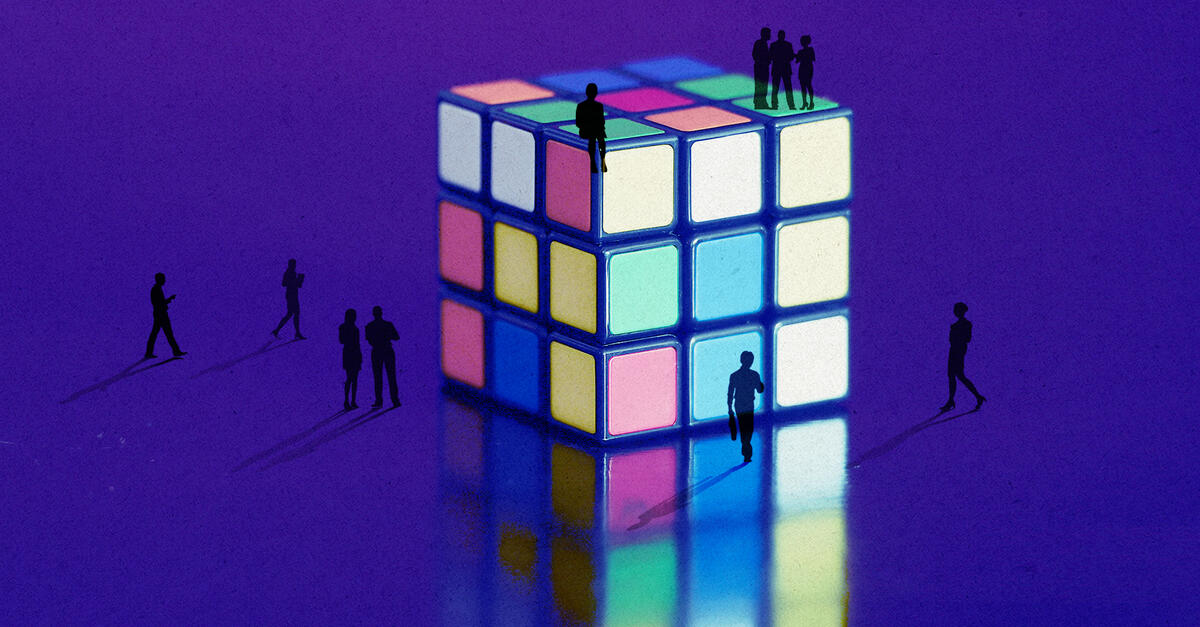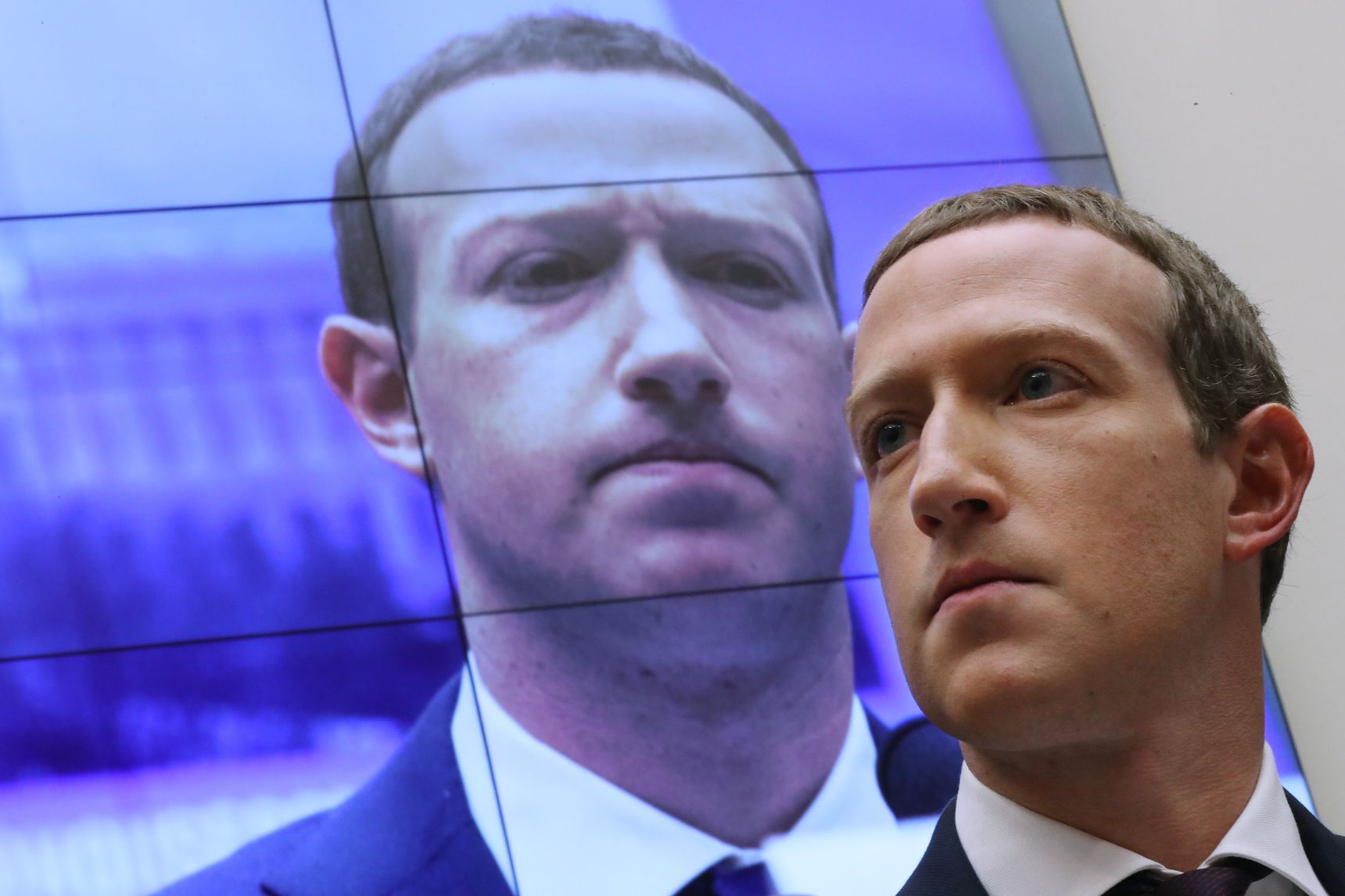
Gregory Berns. Photo: Helen Berns
ONE DAY WHEN HE WAS 16, Gregory Berns was riding his bike on a road parallel to an interstate highway when a tractor-trailer suddenly veered off course and came straight at him. The driver swerved at the last moment, which is how young Gregory lived to talk about it. In his latest book, The Self Delusion, he tells us how he saw himself on his bike from above, then saw the truck jackknife in slow motion, slamming the cab into a hillside and ejecting the driver and another man. He doesn’t know if they lived or died. What he remembers is that he felt disembodied, watching it all happen as if to someone else. He was having what is known as an out-of-body experience, a state that has often been considered evidence of the paranormal.
Feelings of dissociation are among the stranger sensations the brain can generate—but there’s nothing particularly unusual about them, and as Mr. Berns points out in this intelligent and provocative book, they are hardly the only delusions we experience. Memories are not the faithful playbacks we assume they are. To store them, the brain has to compress the actual sequence of events, losing detail in the process. Later we reconstruct them on the fly, with a lot of input from the imagination. Little wonder then that the stories that result from this process of memory and compression—stories we tell ourselves about ourselves and the world around us—should be suspect. Are you who you say you are? Are you even who you think you are? Mr. Berns—having grown up to become a neuroeconomist at Emory University in Atlanta as well as the author of four previous books on neuroscience, two of them involving dogs—makes a convincing case that the answer is no.

THE SELF DELUSION: The New Neuroscience of How We Invent—and Reinvent—Our Identities
by Gregory Berns
Basic Books, 304 pages, $30

 November 2, 2022
November 2, 2022



